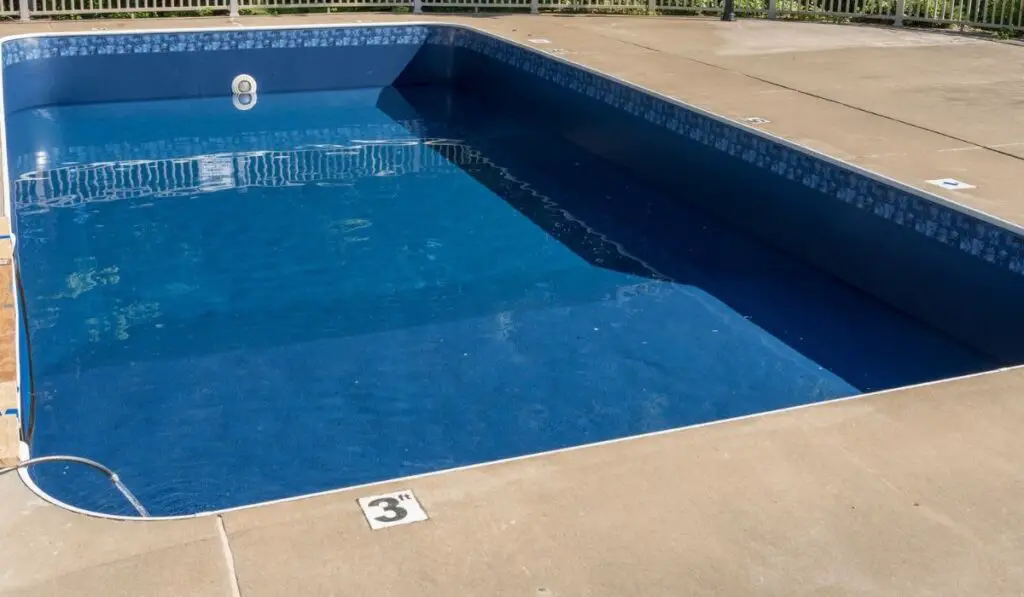Pets are still at risk of drowning.
Just like humans, pets are also at risk of drowning. You should always keep an eye on your pet and take precautions to avoid injury — or worse. A dog may not think twice about entering the pool without a human outside, especially if he or she is used to getting in the water and enjoys swimming. When not being supervised, dogs can easily get tangled up in pool covers, not be able to get back out of the pool, or end up in other dangerous situations.
To prevent drowning or injury, here are a few tips to keep your pet safe around the pool:
Teach your dog to wait for your command before entering the pool. Some simple pool commands and boundaries will keep your pet safe and help you maintain the pool. Commands such as “stay,” “okay,” and “come” may help around the pool. After you create some ground rules, turn pre-swim time showering into a routine for your pup. Rinse off some of the fur and dirt beforehand to keep your pool water clean for everyone.
Most dogs who love the water will naturally develop the safety skills needed in the pool area. However, a certain level of risk will always exist – particularly in pools without easy-access stairs. Fence in your pool to keep dogs and small children out during unapproved times, and work with your dog to build water confidence before letting him or her play alongside the rest of the family.
If you have a fiberglass or cement-lined pool, your dog will not cause damage. You can let them swim in these pools to their heart’s content without worry about damage. If you have a vinyl-lined pool, on the other hand, exercise some caution. A dog with well-groomed toenails and good pool habits will not likely cause damage, but a panicked dog who repeatedly scratches against walls and stairs may cause scratches and tears.
To reduce the risk of damage in a vinyl-lined pool, work with your dog to encourage a high level of comfort in the pool and always have a resting spot for your pet. Stairs and stationary floats may both help your dog maintain a state of relaxation and reduce the risk of damage.
 Many dogs shed like crazy during summer. Any time they get into the pool they will shed and fur, dirt, and other buildup will enter the water. Over time, this can turn into a maintenance pain. The filter may clog more easily and the water may look dirty if a dirty dog jumps in without a quick rinse. To keep these issues to a minimum, dog owners may want to practice some poolside rules with their pups.
Many dogs shed like crazy during summer. Any time they get into the pool they will shed and fur, dirt, and other buildup will enter the water. Over time, this can turn into a maintenance pain. The filter may clog more easily and the water may look dirty if a dirty dog jumps in without a quick rinse. To keep these issues to a minimum, dog owners may want to practice some poolside rules with their pups.
What Is Pool Liner Made From?

Pool liners are made from a very durable vinyl material known as colorized chlorinated PVC thermoplastic vinyl. They are quite easy to produce and affordable.